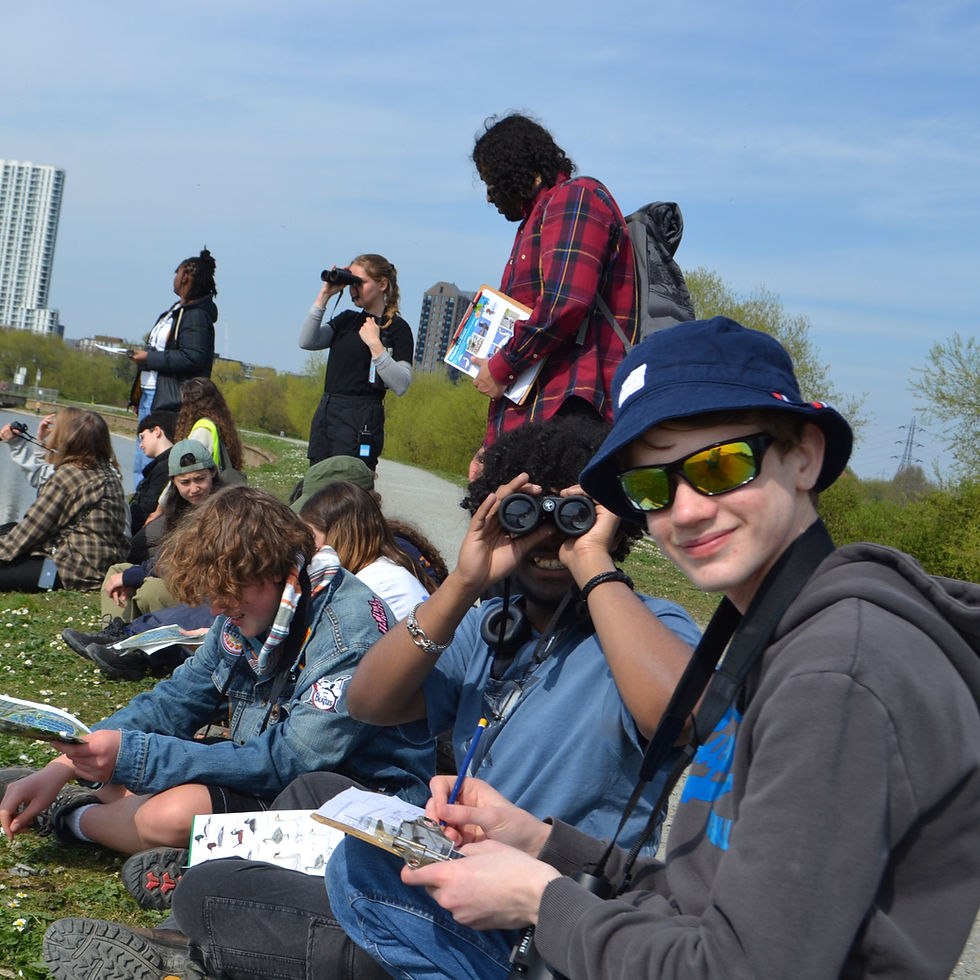Bringing Back Black Oats
- Forrest Hogg
- Sep 29, 2023
- 2 min read

Integrating nature-friendly food production is a massive part of the Penpont Project (Gavin Hogg sowing seeds left).
We first heard about the black oats revival project through our work with The Gaia Foundation which has helped bring into our partnership a range of eco-cultural mapping tools, first pioneered by indigenous communities of the Amazon basin. These tools have been central to building stronger relationships and creating a safe, yet ambitious, space for co-creating a wilder, more holistic and inclusive vision for Penpont. Delving into the past has been a big part of this process, not only to understand the ecological potential of this degraded land but also to unearth a diversity of agricultural and land practices, some of which probably fall under the modern banner of ‘regenerative’.
Oats would certainly have been grown on the Penpont estate since medieval times. They were more tolerant of the cooler and wetter local climate than other grains and needed less fertiliser. The first documentary references date from the 1770s, when they are recorded as used to feed horses, but from the early 1800s the estate has some more detailed crop records. Normally these don’t say what variety of oats were grown, but in the year 1805 it was recorded that 117 bushels of black oats and 73 of white oats were threshed out from Aberbran fach farm, so over 60% of the oat crop that year was black oats.

A map from c.1745 of Cwmsefin farm. The areas circled in pink have later pencil notes that oats were grown in them. Cwmsefin is also home to our present-day oat trial
Around this time the estate was trying out new farming practices influenced by the ‘agricultural revolution’, including a six-year crop rotation for tenants. One aim was to reduce the proportion of oats grown and increase the proportion of more profitable wheat and barley. Another was to end the practice of taking several crops of oats year after year from the same field which was thought, probably rightly, to exhaust the soil – tenants were advised to plant green crops in between to restore fertility.
Seeds being sown (left), black oats growth (right)
Later in the 1800s, the estate tried out different varieties of oats including ‘red oats’ and seed from the Glanhir estate in Carmarthenshire. The experiments with growing more wheat and barley had mixed results, but as the 1800s went on growing of all types of cereal crops in the area reduced and the land turned into pasture.

Forrest and Gavin on the farm at Penpont
This Spring, we planted 7 varieties of oats sent to us through the Seed Sovereignty network to play our part in bulking out the seed for these ancient grains. For us, valuing and saving these locally-adapted varieties is really important – these grains can play a role in building a more resilient agro-ecological future in Wales.
Author
Forrest Hogg
Penpont Project Manager
This piece was originally written for the Gaia Foundation









Comments